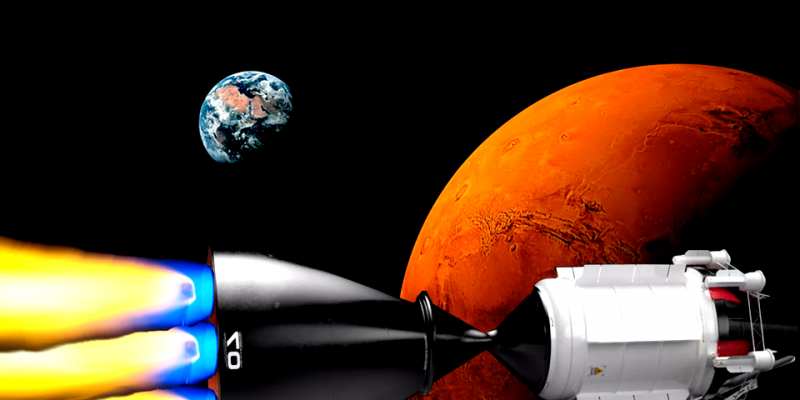

Image Credit: Universe Today
Taking humans to Mars and back is difficult. NASA and other potential Mars astronauts face many challenges when planning missions to the Red Planet, but the most important one is the amount of fuel needed.
Fifty years ago, specifically during the Apollo program, humans went to the moon using chemical propulsion, using rocket engines that burn liquid oxygen and hydrogen in a combustion chamber. It had its advantages, such as the ability to start and stop the engine quickly. The technology was then the most advanced for space travel.
Since then, a few new propulsion technologies have been invented in space. But there is no better and faster for humans than chemical propulsion. It’s a problem. NASA has two primary missions to send four or more astronauts to Mars, but relying on chemical propulsion to venture further from the moon might not work.
The main reason is that sending supplies and astronauts to Mars requires a lot of rocket fuel. Even in favorable conditions when Earth lines up with Mars every 26 months, a human mission to Mars would require 1,000-4,000 metric tons of fuel.
Just as you can imagine, when upgrading to its Block 1B configuration, the NASA Space Launch System missile will have a carrying capacity of 105 tons to low Earth orbit. NASA expects to launch this missile once a year, and it will likely cost about $ 2 billion for the trip.
So getting enough fuel into orbit for the Mars mission would require at least ten launches of the Space Launch System missile, or about a decade and $ 20 billion, just for the fuel. In summary, if we want to go to Mars, we may need to think of other ways to do so.
Switching to Nuclear Fuel for Nuclear Propulsion
A new report from the National Academies of Sciences, Engineering, and Medicine offers some answers about two alternative methods. At the request of NASA, a broad panel of experts has evaluated the feasibility of two propulsion methods – thermonuclear and electro-nuclear – for a human mission that will be launched to Mars in 2039.
“One of the main points of the report is if we want to send humans to Mars, and we want to do it again, and in a sustainable way, then nuclear space propulsion is the right way,” said Bobby Brown, director of planetary science at the Jet Propulsion Laboratory and co-chair of the author’s committee.
The committee was not asked to recommend a specific technology, each based on nuclear reactions, but it does a different job. Nuclear thermal propulsion involves a rocket engine in which a nuclear reactor replaces the combustion chamber and burns liquid hydrogen as fuel.
Nuclear electric propulsion converts heat from a fission reactor into electrical energy, like a power plant on Earth, and then uses that energy to produce thrust by accelerating an ionizing propellant such as xenon.
“If you look at the panel’s recommendations on thermonuclear propulsion, we see that it is a robust program, built on foundational work recently completed, that could lead us there,” Brown said of the Mars 2039 target. Concerning nuclear electrical propulsion, we saw that it is not clear that such a program can get us there, but we have not confirmed the opposite.
Nuclear propulsion requires much less fuel than chemical propulsion, often less than 500 metric tons. This would be useful for the Mars mission, which will include several advanced missions to pre-position supplies on the Red Planet.
Also, the consumption of nuclear propellant fuel is more consistent with the launch opportunities offered by the orbits of Earth and Mars. During some of the pairings, which occur roughly every 26 months, the fuel required to complete the Mars mission with chemical fuel is so high that it is simply not possible.
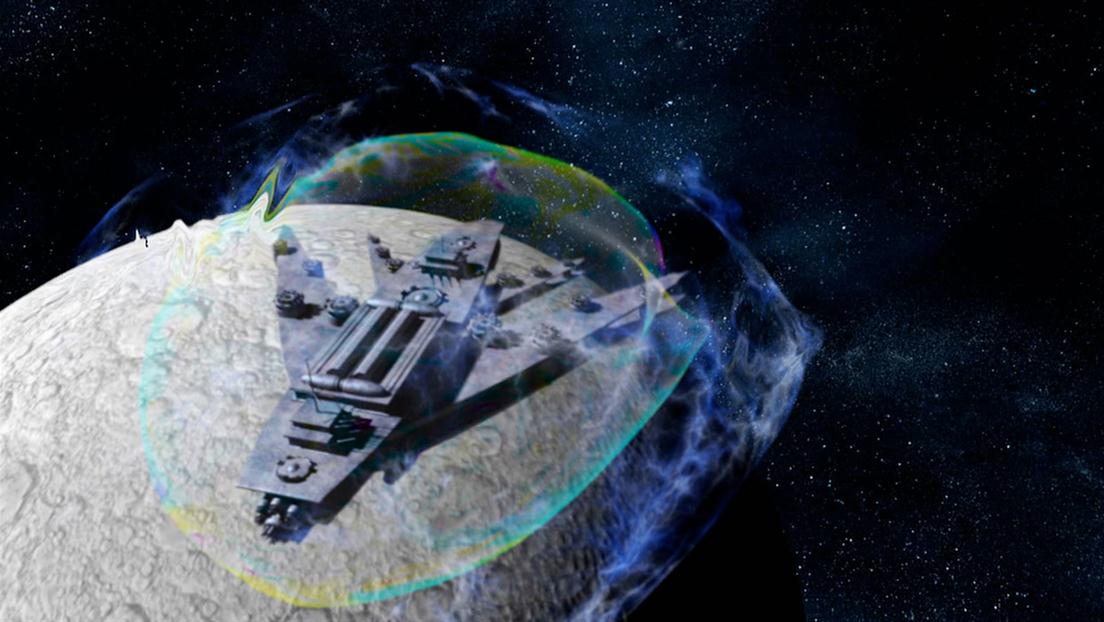
Image Credits: History.com
NASA’s plan to use Nuclear Propulsion
The report says that if NASA is to use nuclear propulsion for human missions during the 2030s, it must begin developing the technology immediately. So far, the agency has been somewhat conservative to move quickly in the nuclear propulsion space. This may be in part because the agency is making a significant investment in the Space Launch System rocket and the chemical propulsion needed for the Artemis lunar program.
Therefore, in recent years, NASA has not requested funding for the nuclear propulsion program. Congress has appropriated money for this effort, however. In the fiscal year 2021 budget bill, NASA received $ 110 million to develop thermonuclear propulsion.
It would be much expensive, Brown said, at least NASA should work with the Department of Energy and other parts of the government to develop this technology and begin cargo flights to Mars in the mid-1930s. However, he added that this kind of project is what NASA will be able to achieve.
“It’s the kind of technical challenge that NASA was created for, and it’s the kind of technical challenge that our nation expects NASA to be able to overcome, as it did before in the Apollo program,” Brown said.
Starship Project
What about the concept of the spacecraft that SpaceX is building to send humans to Mars? The project seeks to address the problem of needing a lot of chemical fuel by developing a low-cost, reusable launch system. SpaceX’s engineers know that getting to Mars will take a lot of fuel, but they think the problem is solvable if they can build a Starship that flies far away for relatively little cost.
The basic concept is to launch Starship into orbit with empty tanks and transport the fuel that other Starship spacecraft have launched into low Earth orbit before launching the spacecraft to Mars.
Brown said SpaceX is developing a plan to send humans to Mars with different assumptions from NASA. “I think there is a fundamental difference in the assumptions that NASA is seeking to make about the type of infrastructure needed on Mars,” he said.
It does not mean that the Starship will not operate. However, it illustrates the challenge of sending a mission to Mars with only chemical propulsion. To use conventional propulsion, one needs to push reuse and heavy rockets to their limits, which is exactly the thing SpaceX is trying to achieve with its reusable launch system.
But, what about Superspeed warp drives, and will we ever have them? Warp motors are faster than light, and we see them in science fiction movies. Possession of them may be possible! It is really difficult to live in this vast universe, where we are unable to reach the nearest stars that are hundreds of light-years away from us because the speed of light is absolute and cannot be exceeded or reached.
No wonder, then, that science fiction series and science fiction movies use the idea of a faster-than-light vehicle (FTL) as the main plot, so someone presses a button or pulls an arm and the astonishing system – whose mechanism we cannot explain! – starts working, sending us to another location in space-time.
However, in recent years the scientific community has become enthusiastic – and skeptical at the same time, and understandably skeptical – of the idea that one of the concepts related to this topic is possible, which is known as the Alcopier warp drive.
It was the subject of a presentation made during the AIAA’s Propulsion and Energy Forum, which took place August 19-22 in Indianapolis, given by Joseph Agnew, an engineering student and research assistant at the Propulsion Research Center (PRC) at the University of Alabama-Huntsville UAH.
Agnew explained that the idea of a warp drive is relatively simple. It was previously proposed by the Mexican physicist Miguel Alcubierre in 1994 when he talked about the concept of motion that is faster than light by applying theoretical – but possible – to Einstein’s equations, which describe how space and time interact and energy together in the universe.
The Alcopier motor achieves faster-than-light travel by expanding the fabric of space-time in a wave, causing space to contract in front of this wave and expand behind it. Theoretically, a spacecraft inside this wave could ride a warp bubble and reach speeds above the speed of light, known as the Alcubierre Metric.
If we want to explain this in light of the theory of general relativity, then the warp bubble will represent a frame of reference for the inertia of anything inside it. Then, the bubble can exist in a flat region of space-time and exceed the speed of light, and since the vehicle is not moving through space-time, rather it moves space-time itself. So, the effects of relativity, such as the dilation (slowing down) of time will not apply to it. In short, the Alcopier metric allows traveling at speeds exceeding the speed of light without violating the laws of relativity.
Agnew said this idea inspired him since he was in high school, and he has pursued it ever since, as he wrote in his address to Universe Today: I studied mathematics and science in depth, became interested in science fiction and technically advanced theories, and noticed how science fiction series inspired or anticipated the invention of cell phones, tablets, and more.
Then I started thinking about other technologies such as photon torpedoes, laser weapons, and the warp engine, and how both science fiction and real science dealt with these techniques, then I stumbled upon Miguel Alcopier’s original research, and after reading and understanding it for some time, I sought out some keywords and articles and delved into study the theory.
The concept was generally rejected because it is entirely theoretical but has come to life again in recent years, thanks in large part to Harold White, leader of the advanced propulsion team at the Eagle works Laboratory of NASA’s Johnson Space Centre.
During the 100 Year Starship Symposium in 2011, White shared some updated calculations on the Alcopier metric. According to White, Alcober’s theory is sound, but it needs some serious testing and development, which is what White and his team have been working on ever since at the Eagle Works Lab.
Professor Jason Casebry, AeroSpace and Engineering did a lot of researches on Warp machines. Agnew sees the concept of judgment from the warp in scholarly circles from Akbar, so he says:
The mention of the warp drive brings laughter and mockery because it sounds like science fiction and is often dismissed and seen as something very strange, and that is understandable. For me, I classify this concept mentally within the concepts of superluminal motion, while everyone assumes that there cannot be a speed greater than the speed of light at all.
When I delved into the study of theory, I found that this is not a problem, and I think that interest in the idea will increase when people learn about the progress we have recently made, because the idea of the engine historically represents an obstacle, as people see them as theoretical equations instead of seeing the results achieved, and this is difficult to notice progress.
While this field is still in its infancy, some recent developments have supported it, such as the discovery in 2016 of LIGO scientists of naturally occurring gravitational waves (GWSs) (also called gravitational waves, which are ripples in space-time that propagate in waves from the source to the outside). This discovery proved that the warp drive has a foundation in nature.
“There has been surprising progress in predicting engine impacts over the past ten years, which will help determine how it was made,” Agnew said. The discovery of gravitational waves is a really big step, as it proved that space-time can be bent and warped in the presence of huge gravitational fields, this is how we thought in the past, but we are now certain.
Thanks to Einstein, now we know that the effect is real. The question now is: Can we generate the same effect ourselves in the lab? It would be a huge investment of time and resources, but it would be very beneficial.
There is no doubt that the Warp Engine model requires additional support and many advances before experimental research is possible, as it requires an evolution in the scope of theoretical research as well as technical development.
Agnew believes that if we treat obstacles as many small problems instead of treating them as a mammoth problem, we will make progress. He said, essentially, a warp drive needs a means of controlling the pressure and expansion of spacetime in a narrow range like the area around a spacecraft.
We know for sure that very intense energy – such as electromagnetic energy fields – can cause space-time to curve, but this requires enormous amounts of energy, according to our current analysis of the situation.
So the solution is to try to update the technical capabilities of equipment and steps as closely as possible to make this very intense energy possible. If we succeed in applying this effect in the laboratory, it will lead us to a more in-depth understanding of how gravity works, which opens the way to discover the theories and loopholes that have not yet been discovered.
Energy is the biggest obstacle before us, then comes the technical obstacles as we need larger electromagnetic energy fields and more sensitive equipment. Still, the biggest challenge facing the Alcopier model is the amount of energy required to create a warp bubble.
Scientists believe that the only way to maintain the negative energy density needed to produce the bubble is to use exotic matter (a substance whose properties differ from those of natural materials).
Scientists say that the amount of energy required for this is equivalent to the mass of Jupiter, and this is better than previous estimates that estimated the energy needed to be the same size as the entire universe. But it still represents a tremendous amount of energy, so we need more technical progress to reduce what We need a more realistic amount of energy.
Agnew believes it can be achieved through further advances in quantum physics, quantum mechanics, and metamaterials (materials designed to have properties not found in natural materials). For the technical side, we need more progress in the superconductor industry.
But as Agnew sees it, it is not impossible, and given what we have achieved so far, we have reason to be more optimistic, as he wrote: “The theory has so far proven that it is worth pursuing and that it is now easy to provide evidence for its rationale.”
With regard to financing, it is not difficult to see that the ability to explore beyond the solar system would be a huge leap for humans and that the technical growth resulting from pushing the boundaries of research will be very useful.
The Alcopier warp engine will have to make a difficult road, as it has before with avionics, nuclear research, space exploration, electric cars, and reusable rocket boosters. Previous cases have proven that you end up going through the point of no return, and it becomes quite possible.
Given our growing preoccupation with exoplanets, a few people hope to send missions to nearby stars in search of habitable planets, and history has taught us that sometimes all it takes to get the ball moving is a good push at first.
Abstractly, the controversial question will never get out of our minds, which is, will we find a new way to travel between galaxies easily?
Suggested Reading: Why is Mars the next step?
Author
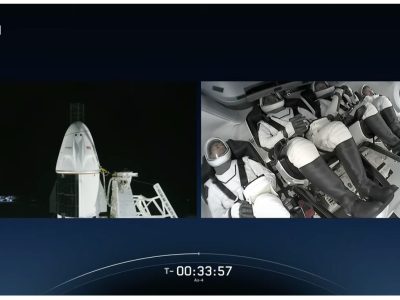
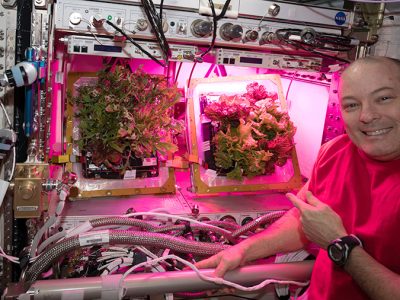


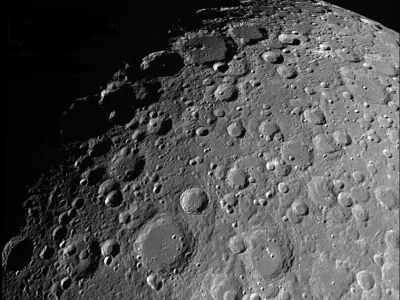








[…] Suggested Reading: Nuclear Propulsion: The way to send humans to Mars […]
[…] Suggested Reading: Nuclear Propulsion: The way to send humans to Mars […]